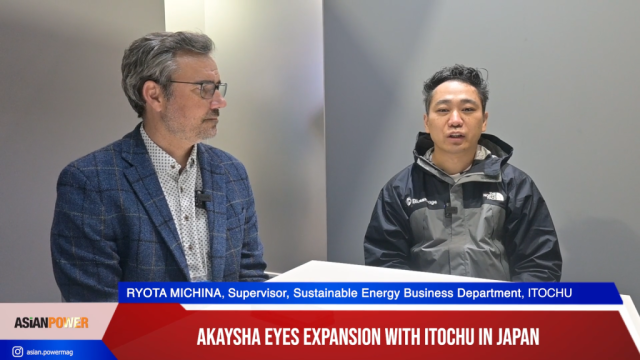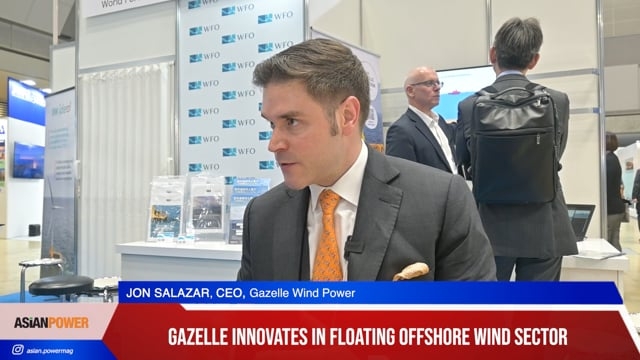
India can integrate 175GW of renewable energy into its electricity grid: study
Power system balancing is actually achievable.
The U.S. Department of Energy's National Renewable Energy Laboratory (NREL) has confirmed the technical and economic viability of integrating 175GW of renewable energy into India's grid by 2022.
Working with the Ministry of Power and USAID - with co-sponsorship from the World Bank (ESMAP) and the 21st Century Power Partnership - NREL; Power System Operation Corporation, Ltd. (POSOCO); and Lawrence Berkeley National Laboratory (LBNL) produced the study Greening the Grid: Pathways to Integrate 175 Gigawatts of Renewable Energy into India's Electric Grid.
The team used advanced weather and power system modeling to answer many questions about how India's electricity grid can manage the variability and uncertainty of India's ambitious 2022 renewable energy target of 175 GW of installed capacity, including 100 GW of solar and 60 GW of wind, up from 9 GW of solar and 29 GW wind installed today.
Here's more from the study:
"With renewable energy auction prices at record lows, an immense amount of renewable energy growth is anticipated to be added to India's power system," said Principal Investigator Jaquelin Cochran, a manager in NREL's Strategic Energy Analysis Center. "We wanted to provide a systematic way to plan for that. The results of our study can inform policy and regulatory decisions that support system flexibility and renewable energy investment in India."
The results demonstrate that power system balancing, where supply of electricity meets the demand, with 100 GW solar and 60 GW wind is achievable with minimal renewable energy curtailment. Curtailment is the amount of renewable energy generated that cannot be used due to grid limitations. India's current coal-dominated power system has the flexibility to accommodate the variability associated with the renewable energy targets. Low-renewable-energy, coal-dominant states can play an important role by implementing operational changes that would facilitate renewable energy integration nationwide.
The study used a detailed production cost model to identify how the Indian power system is balanced every 15 minutes, the same time frame used by grid operators. The results reveal operational impacts, such as:
The 160 GW of solar and wind capacity can serve 22 percent of India's power demand, providing benefits of fuel savings and reduced emissions.
The power system as planned for 2022 is able to manage the added variability of wind and solar without new, fast-ramping infrastructure (such as natural gas turbines).
In a system with 100 GW of solar and 60 GW of wind, coal plants, on average, operate at only half their capacity, suggesting the potential role for a new tariff structure that moves away from focusing on energy delivery and instead compensates plants for performance that achieves flexibility goals.
The study also evaluated strategies to better integrate renewable energy and demonstrated the importance of policy and market planning.
National and regional coordination of scheduling and dispatch eases renewable energy integration and results in cost savings by smoothing variability and broadening the supply of system flexibility. Flexibility of India's coal fleet is critical to minimizing curtailment of renewable energy.
The results were based on a number of key assumptions the model made about India's power distribution system in 2022, including perfect transmission planning existing within each state, but not necessarily on corridors between states; compliance of all coal plants with the Central Electricity Regulatory Commission regulation that coal plants be able to operate at 55% of rated capacity; and perfect load forecasting, so that results would not conflate wind and solar power forecast errors with load forecast errors.
"The challenge is harnessing the existing physical flexibility of the power system through appropriate market designs, operational rules, incentive mechanisms, and other regulatory and policy changes," said Sushil Kumar Soonee, coauthor of the report and former CEO of Power System Operation Corporation Limited (POSOCO). "Robust planning will be critical to achieving the renewable energy goals set by the Indian government. In parallel with institutional changes, what happens at the state level will require follow-up and investigation. Additional studies will be needed to evaluate transmission and operations planning and generator flexibility as India advances toward its goal over the next five years."























 Advertise
Advertise








